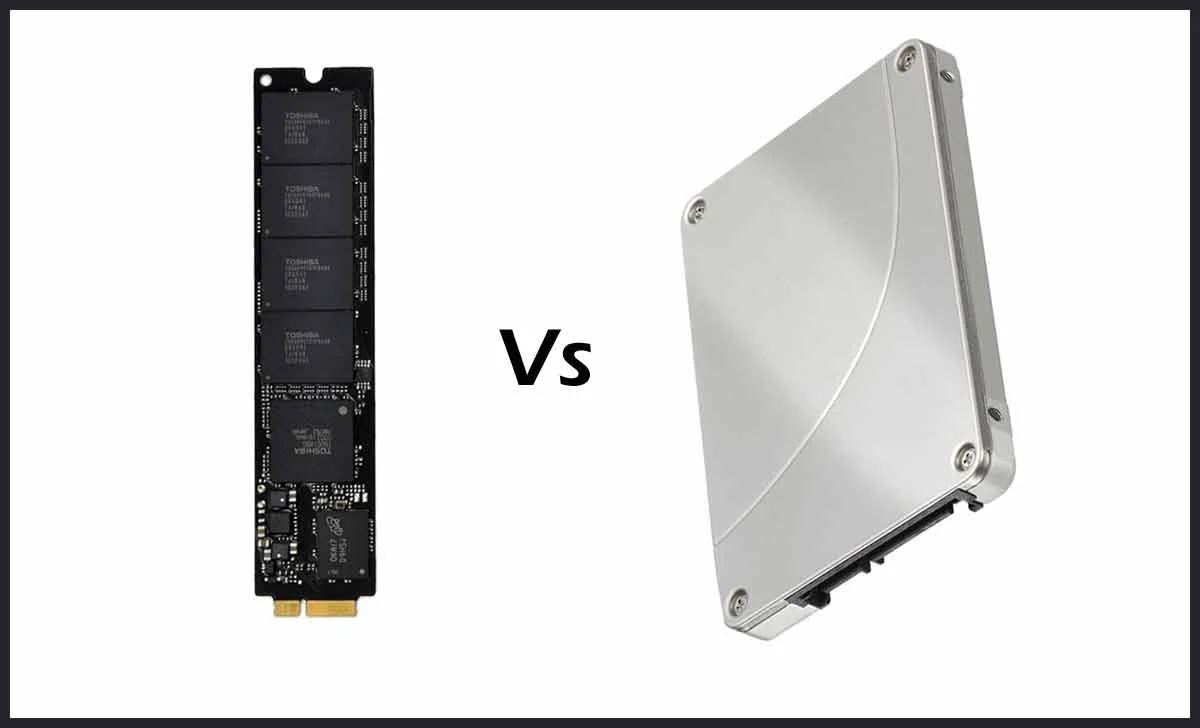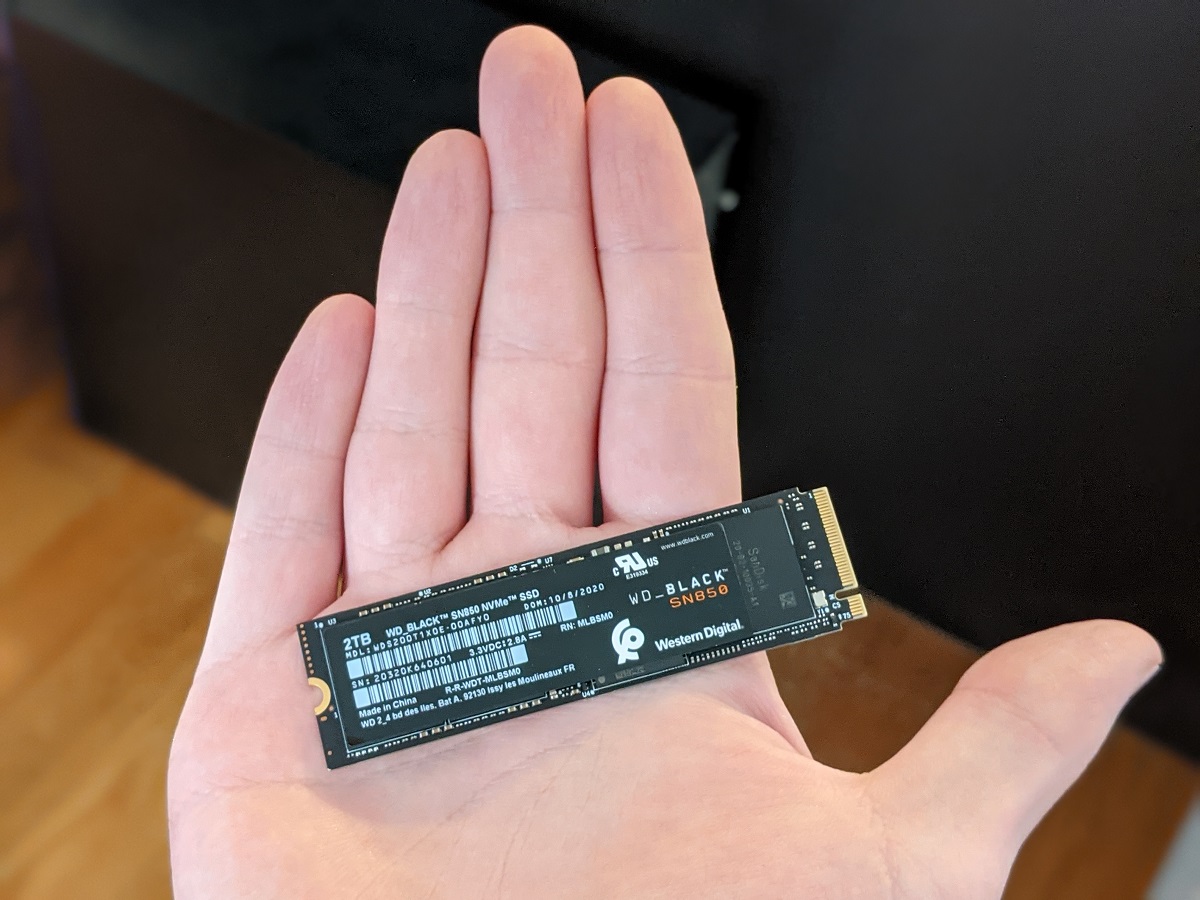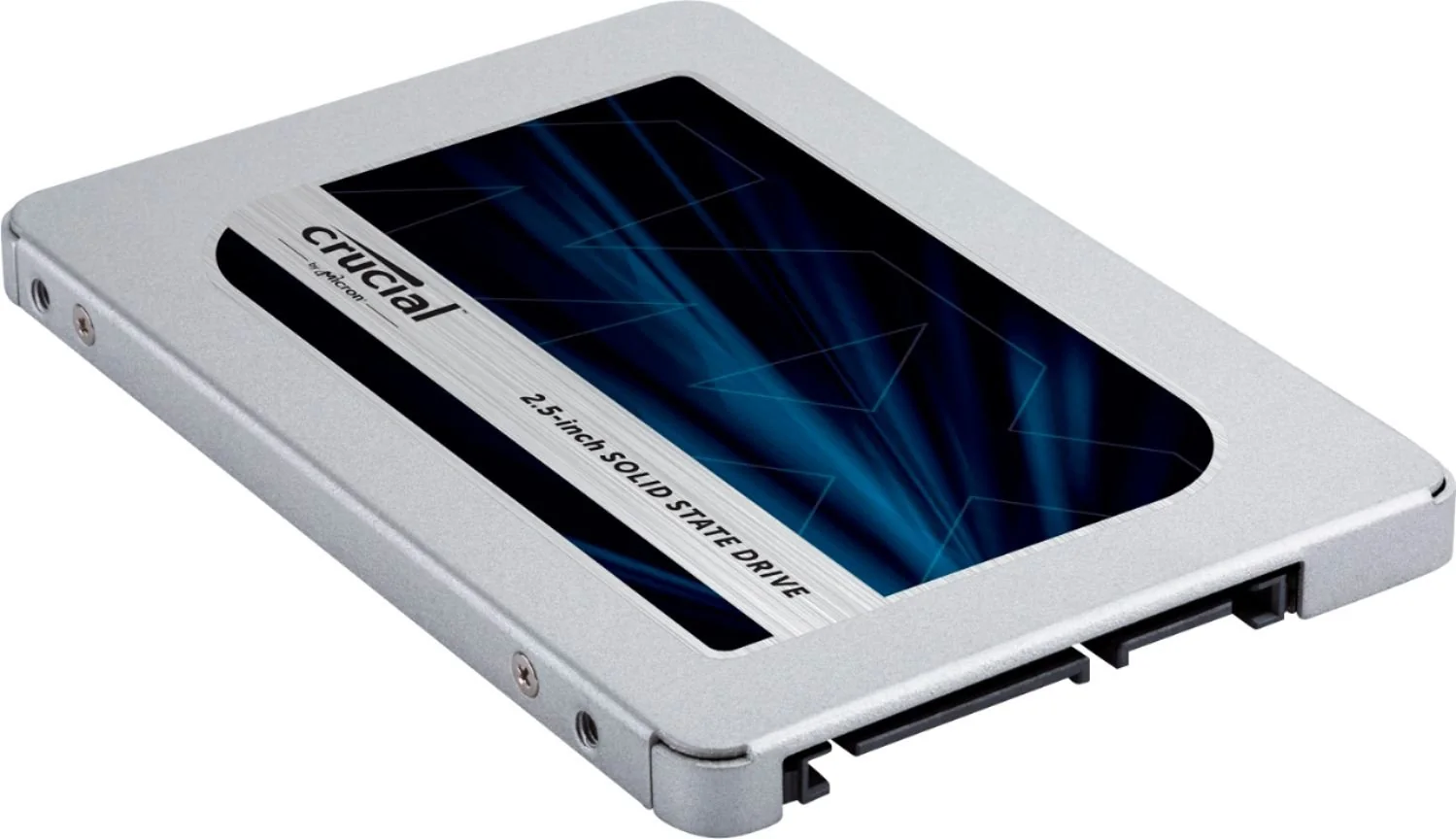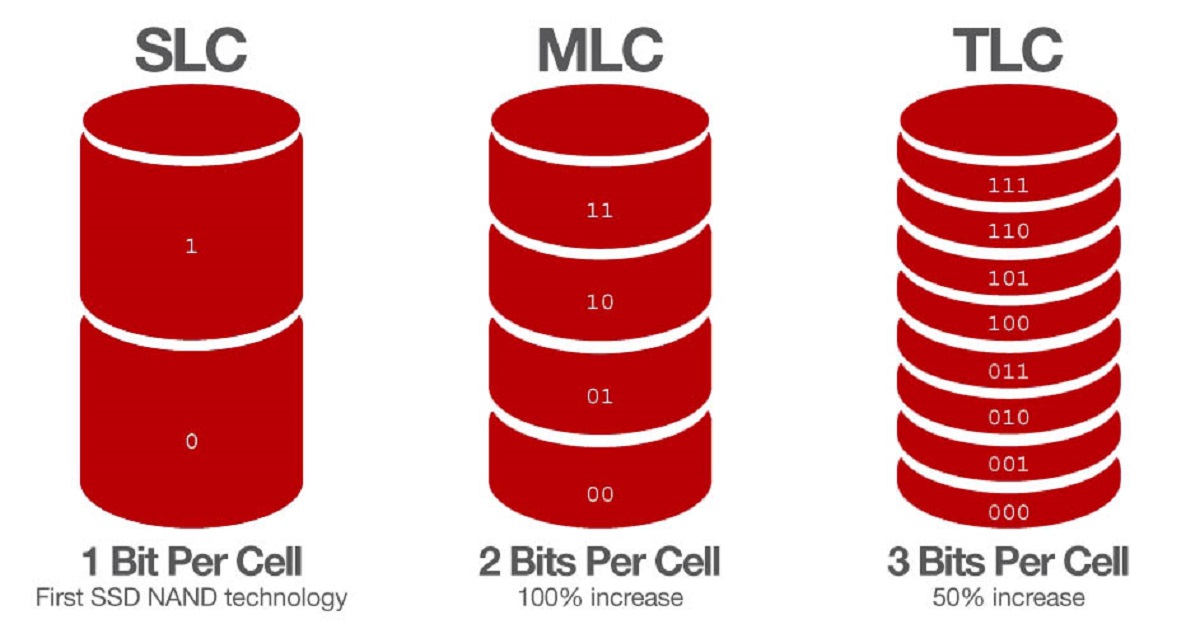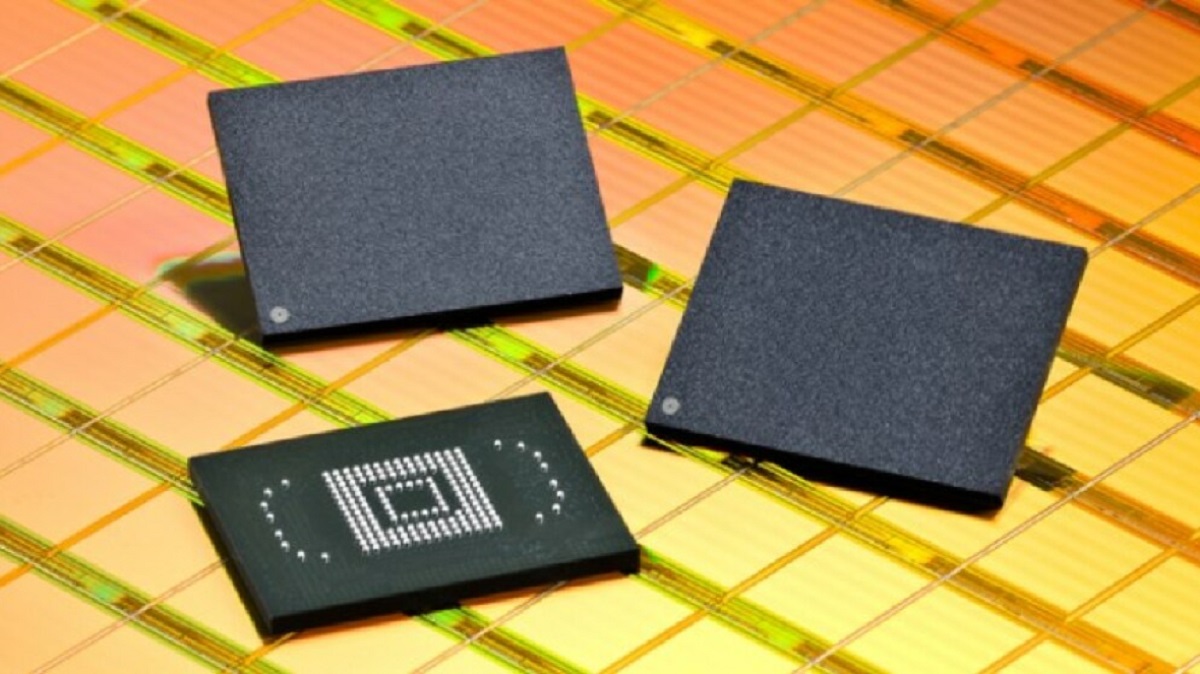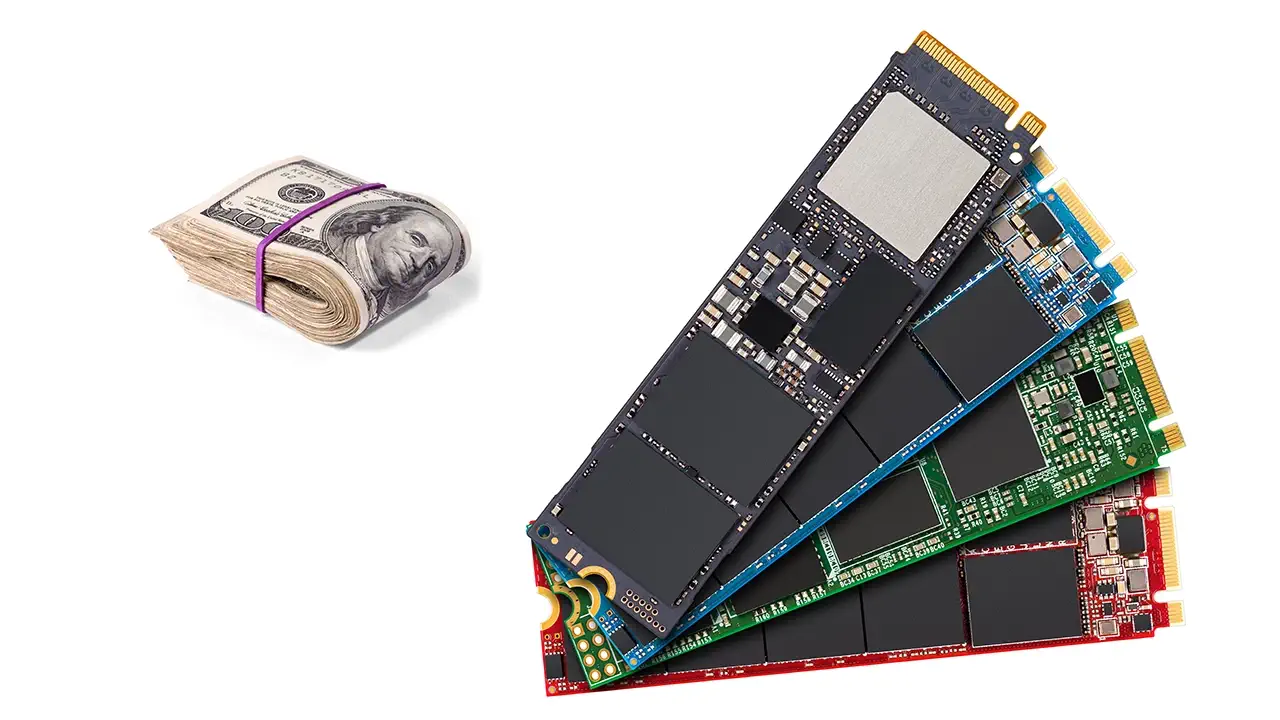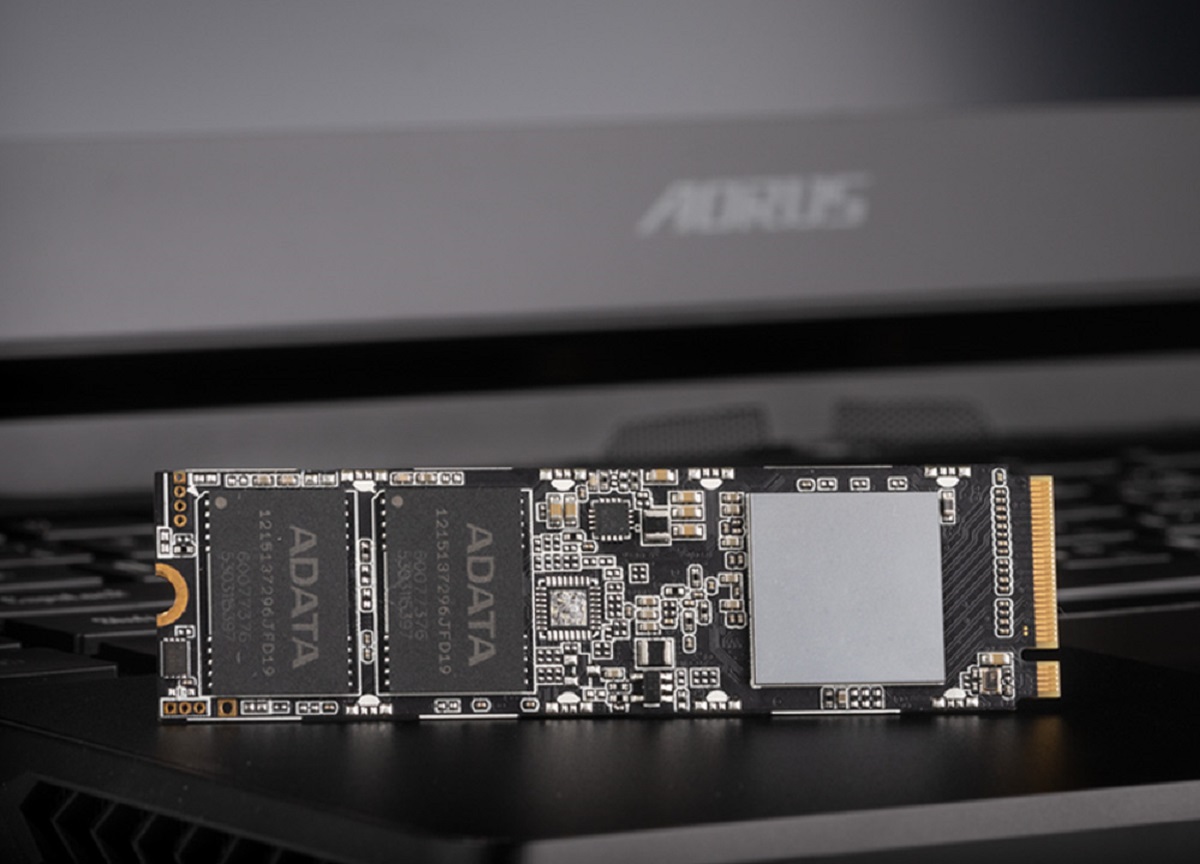Introduction
Welcome to the world of storage technology, where advancements continue to redefine how we store and access data. In recent years, two terms that have gained significant attention are flash storage and solid-state drives (SSDs). These innovations have revolutionized the storage landscape, offering faster, more reliable, and efficient data storage solutions.
Flash storage and SSDs are often used interchangeably, but it’s important to understand the subtle differences between the two. While they share some similarities, such as their use of NAND flash memory, they have distinct characteristics that set them apart.
In this article, we’ll delve into the world of flash storage and SSDs to understand their features, benefits, and limitations. We’ll explore their similarities and differences, examine their performance, longevity, reliability, and cost factors. By the end, you’ll have a clearer understanding of which storage option is better suited for your needs.
Before we dive into the comparisons, let’s take a closer look at what flash storage and SSDs actually are.
What is Flash Storage?
Flash storage is a type of non-volatile memory that stores data electronically, using a technology called NAND flash memory. Unlike traditional hard disk drives (HDDs) that use spinning disks and mechanical read/write heads, flash storage relies on integrated circuits to store and retrieve data. This makes flash storage faster, more reliable, and more energy-efficient compared to HDDs.
Flash storage is commonly used in a variety of devices, ranging from smartphones and tablets to laptops, cameras, and even data centers. It provides high-speed data access, lower power consumption, and greater resistance to shocks and vibrations due to the absence of moving parts.
One of the key features of flash storage is its ability to retain data even when power is disconnected. This makes it a crucial component in devices where data persistence is critical, such as smartphones and wearable devices. Flash storage also offers faster data transfer rates and quicker access times, enabling applications and systems to perform tasks more efficiently.
Furthermore, flash storage is known for its durability and longevity. It has a significantly longer lifespan than traditional HDDs, with no mechanical components that are prone to failure. This makes it an excellent choice for businesses and organizations that require reliable and efficient storage solutions.
It’s important to note that flash storage comes in different forms, including USB flash drives, memory cards, and solid-state drives (SSDs). SSDs are the most common and widely used form of flash storage, offering higher capacities and faster performance than other flash-based devices.
Now that we have a clear understanding of what flash storage is, let’s explore its counterpart: solid-state drives (SSDs).
What is SSD?
A solid-state drive (SSD) is a type of storage device that uses flash memory to store data. Unlike traditional hard disk drives (HDDs) that rely on spinning disks and mechanical components, SSDs are entirely electronic, making them faster, more reliable, and more energy-efficient.
SSDs consist of NAND flash memory chips, which retain data even without power. These chips are organized into a controller that manages the data storage and retrieval processes. The controller is responsible for reading and writing data to the flash memory, ensuring efficient performance and reliability.
One of the notable advantages of SSDs is their exceptional speed. They offer significantly faster read and write speeds compared to HDDs. This means that applications and files stored on SSDs load almost instantly, resulting in improved system responsiveness and reduced loading times.
In addition to speed, SSDs also excel in terms of energy efficiency. Since they lack moving parts, they consume much less power than HDDs, resulting in longer battery life for mobile devices and reduced electricity costs for enterprise systems.
SSDs are commonly used in a wide range of devices, including laptops, desktop computers, gaming consoles, and servers. They provide ample storage capacity, ranging from a few hundred gigabytes to multiple terabytes. The compact size and lightweight design of SSDs make them ideal for portable devices, without compromising on performance.
Furthermore, SSDs offer enhanced durability and reliability compared to HDDs. They are more resistant to physical shocks, vibrations, and temperature variations, making them suitable for rugged environments. Additionally, SSDs have a longer lifespan due to their lack of mechanical components, reducing the risk of mechanical failure and data loss.
With their impressive speed, energy efficiency, and reliability, SSDs have become the storage solution of choice for many consumers and businesses seeking improved performance and productivity.
Now that we have explored what SSDs are, let’s move on to the similarities and differences between flash storage and SSDs.
Similarities between Flash Storage and SSD
Flash storage and solid-state drives (SSDs) share several similarities, as they both utilize NAND flash memory technology for data storage. Here are some key similarities between the two:
- Non-volatile memory: Both flash storage and SSDs are non-volatile, meaning they can retain stored data even when power is disconnected. This makes them reliable for preserving critical information and ensuring data integrity.
- Faster performance: Both flash storage and SSDs offer significantly faster read and write speeds compared to traditional hard disk drives (HDDs). This results in quicker data access, faster application loading times, and improved overall system performance.
- Quiet and efficient: Flash storage and SSDs do not have any moving parts, unlike HDDs. This eliminates noise and reduces power consumption, leading to quieter operation and improved energy efficiency.
- Compact and lightweight: Flash storage and SSDs have a compact and lightweight design, making them ideal for use in portable devices. They take up less space and contribute to the overall lightness of laptops, tablets, and other mobile devices.
- Shock and vibration resistant: Flash storage and SSDs are more resistant to physical shocks and vibrations compared to HDDs. This makes them suitable for use in rugged environments and reduces the risk of data loss due to accidental drops or impacts.
These shared characteristics make flash storage and SSDs a preferable choice over traditional HDDs in terms of performance, durability, and efficiency. However, it is important to note that there are also significant differences between the two technologies. Let’s explore these differences in the next section.
Differences between Flash Storage and SSD
While flash storage and solid-state drives (SSDs) share some similarities, they also have distinct differences that set them apart. Understanding these differences can help you determine which option is best suited for your specific needs. Here are the key differences between flash storage and SSDs:
- Form factor: Flash storage includes various devices such as USB flash drives and memory cards. On the other hand, SSDs are specifically designed as internal storage devices for computers, laptops, and servers.
- Capacity: SSDs typically offer higher storage capacities than flash storage devices. SSDs can provide capacities ranging from a few hundred gigabytes to several terabytes, while flash storage devices often have lower capacities, usually in the range of a few gigabytes to a few hundred gigabytes.
- Interface: SSDs typically use a standard SATA or NVMe interface, allowing them to be easily connected to a computer’s motherboard. Flash storage devices, on the other hand, may use various interfaces such as USB, SD, or microSD, depending on the device.
- Performance: While both flash storage and SSDs offer faster performance compared to HDDs, SSDs generally provide faster read and write speeds than flash storage devices. This is mainly due to SSDs’ optimized internal architecture and the use of advanced controllers.
- Endurance: SSDs are often designed with higher endurance and reliability in mind. They typically have a longer lifespan and a higher number of program-erase cycles compared to flash storage devices.
- Price: Flash storage devices are generally more affordable than SSDs, especially when comparing devices with similar storage capacities. SSDs, being more advanced and offering higher performance, come at a higher price point.
These differences highlight the various factors that need to be considered when choosing between flash storage and SSDs. While SSDs excel in terms of higher capacities, faster speeds, and enhanced endurance, flash storage devices offer affordability and versatility in terms of form factor and interface options.
In the upcoming sections, we will compare the performance, longevity, reliability, and cost factors between flash storage and SSDs to help you make a well-informed decision based on your specific requirements.
Performance Comparison: Flash Storage vs. SSD
When it comes to performance, both flash storage and solid-state drives (SSDs) offer significant advantages over traditional hard disk drives (HDDs). However, there are some key differences worth considering. Let’s compare the performance of flash storage and SSDs:
Read and Write Speeds: SSDs generally provide faster read and write speeds compared to flash storage devices. This is due to the advanced controller technology and optimized architecture used in SSDs. This faster performance translates to quicker file transfers, faster application loading times, and improved overall system responsiveness.
Random Access Speed: SSDs have a significant advantage over flash storage when it comes to random access speeds. Random access refers to the ability to retrieve data from any location on the storage medium. SSDs excel in this area because they don’t rely on mechanical components for data retrieval. As a result, SSDs can access data from anywhere on the drive almost instantly, leading to improved performance for random read/write operations.
Sequential Write Speed: Flash storage devices, such as USB flash drives and memory cards, often have lower sequential write speeds compared to SSDs. Sequential write refers to the ability to write data in a continuous and organized manner. SSDs can sustain high write speeds even for large data transfers, making them ideal for tasks that involve handling large files or performing data-intensive operations.
Latency: SSDs exhibit lower latency compared to flash storage devices. Latency refers to the time it takes for the drive to respond to a data request. SSDs have faster response times, resulting in reduced waiting times for data retrieval or write operations. This low latency is especially critical for real-time applications and tasks that require quick access to data.
I/O Operations: SSDs outperform flash storage devices in terms of I/O operations per second (IOPS). IOPS is a measure of how many I/O operations an SSD can perform in a given time. Higher IOPS means better performance for tasks that involve numerous small read/write operations or multitasking scenarios.
Overall, SSDs deliver superior performance compared to flash storage devices, offering faster read and write speeds, improved random access capabilities, lower latency, and higher IOPS. However, it’s important to note that the specific performance of each device can vary depending on factors such as the manufacturer, technology used, and firmware optimizations.
In the following sections, we will delve into other important factors to consider when comparing flash storage and SSDs, including longevity and reliability, as well as cost considerations.
Longevity and Reliability Comparison: Flash Storage vs. SSD
When it comes to longevity and reliability, both flash storage and solid-state drives (SSDs) have distinct characteristics that set them apart from traditional hard disk drives (HDDs). Let’s compare the longevity and reliability of flash storage and SSDs:
Longevity: SSDs are known for their exceptional longevity, thanks to their lack of moving parts. Unlike HDDs, which rely on spinning disks and mechanical read/write heads that are susceptible to wear and tear, SSDs use flash memory chips. These chips have a longer lifespan and can withstand a higher number of program-erase cycles. This means that SSDs are less prone to failure and can provide reliable performance for extended periods.
Reliability: Both flash storage and SSDs are generally considered to be more reliable than HDDs. Since they lack mechanical components, there is a reduced risk of mechanical failure. Additionally, SSDs offer higher resistance to shocks, vibrations, and temperature fluctuations. This makes them suitable for use in demanding environments, such as in laptops that are subjected to frequent movement or in data centers that require continuous uptime.
Data Retention: Flash storage and SSDs are designed to retain data even when power is disconnected. However, it’s important to note that flash memory can experience data corruption over time if it’s not powered on regularly. This phenomenon, known as “data decay” or “data retention loss,” can potentially impact the long-term reliability of flash storage devices. SSDs, on the other hand, are typically equipped with advanced error correction algorithms and wear-leveling algorithms, which help maintain data integrity and prolong the overall lifespan of the drive.
Endurance: SSDs generally have a higher endurance rating compared to flash storage devices. Endurance refers to the maximum amount of data that can be written to the drive before it starts to degrade. SSDs achieve higher endurance by distributing write operations evenly across memory cells, preventing excessive wear on specific areas of the drive. Flash storage devices, such as USB flash drives, may have lower endurance ratings and are more susceptible to wear and tear with continuous use.
In summary, both flash storage and SSDs offer improved longevity and reliability compared to HDDs. SSDs, with their lack of moving parts, superior resistance to physical damage, and higher endurance ratings, tend to provide a longer lifespan and enhanced reliability. However, it’s important to consider factors such as data retention practices and the specific manufacturer’s implementation when assessing Longevity and reliability in the context of flash storage and SSDs.
In the next section, we will explore the cost considerations when choosing between flash storage and SSDs.
Cost Comparison: Flash Storage vs. SSD
When comparing the costs of flash storage and solid-state drives (SSDs), it’s important to consider several factors, including the initial purchase cost, long-term investment, and overall value for money. Let’s explore the cost considerations of flash storage and SSDs:
Initial Purchase Cost: Flash storage devices, such as USB flash drives and memory cards, are generally more affordable compared to SSDs. Flash storage devices are available in a wide range of capacities, catering to different budget levels. On the other hand, SSDs may have a higher upfront cost due to their advanced technology, larger storage capacities, and faster performance.
Long-Term Investment: SSDs tend to offer a better long-term investment due to their durability and longevity. While flash storage devices are cost-effective for immediate needs, they may have a shorter lifespan and may require replacement more frequently. Investing in an SSD may result in a higher upfront cost, but it can provide a longer lifespan, reduced need for upgrades, and potential savings in the long run.
Performance to Cost Ratio: SSDs provide a higher performance-to-cost ratio compared to flash storage devices. They offer faster read and write speeds, lower latency, and higher random access capabilities, making them more suitable for demanding tasks. If performance is a priority, then investing in an SSD may provide better value for money in terms of improved productivity and efficiency.
Capacity vs. Cost: When comparing storage capacities, flash storage devices may offer a more cost-effective solution for lower storage needs. USB flash drives and memory cards come in smaller capacities, making them more affordable for basic storage requirements. However, as the capacity increases, the cost per gigabyte may be higher compared to larger-capacity SSDs. If you require higher storage capacities, SSDs may offer a better cost efficiency in the long run.
Overall Value: The cost of flash storage and SSDs should not be the sole factor in determining value. Consider the specific requirements of your use case, such as performance needs, data security, and durability. SSDs often provide a better overall value for those who require higher performance, longer lifespan, and better protection for their valuable data.
It is important to weigh the initial cost against the long-term benefits and value gained from investing in SSDs. While flash storage devices may be cheaper initially, SSDs offer greater durability, performance, and reliability, making them a more cost-effective choice in the long run.
In the final section, we will wrap up our comparison of flash storage and SSDs and provide a summary of the key takeaways.
Conclusion
After comparing flash storage and solid-state drives (SSDs) in terms of performance, longevity and reliability, and cost, it’s clear that both options offer significant advantages over traditional hard disk drives (HDDs). However, the choice between flash storage and SSDs ultimately depends on your specific needs and priorities.
If you prioritize affordability, versatility in form factor, and lower storage requirements, flash storage devices such as USB flash drives and memory cards may be a suitable choice. Flash storage devices offer cost-effective options for basic storage needs and portability, making them ideal for everyday use in smaller-scale applications.
On the other hand, if you prioritize performance, enhanced durability, and long-term reliability, investing in an SSD is recommended. SSDs offer faster read and write speeds, lower latency, higher random access capabilities, and better endurance ratings. They are particularly beneficial for high-performance computing, data-intensive tasks, and environments that require continuous uptime.
Considering the total cost of ownership, SSDs can provide better value in terms of improved productivity, longer lifespan, and potential savings in the long run. While SSDs may have a higher upfront investment compared to flash storage devices, their advanced technology, larger capacities, and superior performance make them a valuable long-term investment.
In summary, the choice between flash storage and SSDs depends on factors such as budget, performance requirements, data security, and future scalability. Assessing your specific needs and evaluating the trade-offs between cost, performance, and longevity will help you make an informed decision.
Regardless of your choice, both flash storage and SSDs represent significant advancements in storage technology, offering faster, more reliable, and efficient solutions for storing and accessing data. Whether you opt for the versatility of flash storage or the performance of SSDs, your data storage needs are sure to be met with these innovative options.







